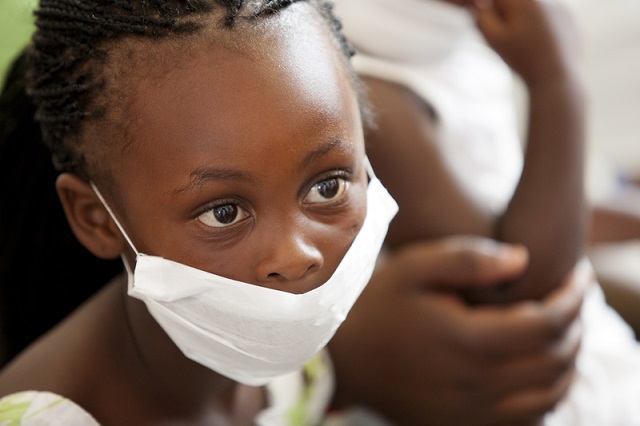
Kampala, Uganda | THE INDEPENDENT | Experts at the 72nd session of the World Health Organization (WHO) Regional Committee for Africa in Lomé, Togo on Wednesday expressed concern over the double burden of childhood tuberculosis and malnutrition.
According to WHO, 19 percent of children battling tuberculosis in Africa are at the same time malnourished. But these may only represent a fraction of what is actually happening on the continent as many children remain undiagnosed.
Minata Samate Cessouma, the Commissioner for Health, Humanitarian Affairs, and Social Development at the African Union Commission said that childhood tuberculosis doubled with malnutrition and poses major health challenges in the African Union member states.
She said that it is worrying that undernourished children with tuberculosis are susceptible to developing extensive and severe complications.
WHO Africa Regional Director Dr. Matshidiso Moeti says that the TB epidemic among children has been occurring in the shadows leading to many children succumbing to a disease that is now history in many parts of the world.
“Strong political leadership, accountability, financial support, and global solidarity are critically needed to increase access to effective diagnostics, medications, vaccines, and other tools for tuberculosis control”, she said, calling upon members of the African Union to increase their testing capacity.
The statement released on Wednesday shows that two-thirds of children in the region are unreported or undiagnosed for the disease, leading to an increased risk of rapid disease progression and mortality, especially in younger children. Among children under five just around a third (32%) are diagnosed – the smallest proportion globally.
The low detection of tuberculosis arises from challenges in specimen collection as well as bacteriological confirmation of the disease among children who can display non-specific clinical symptoms that overlap those of other common childhood diseases. Additionally, children and young adolescents usually access primary health care or child health services in facilities where the capacity to diagnose tuberculosis is often limited, the statement reveals.
Meanwhile, Africa is home to 17 of the 30 countries with the highest tuberculosis burden globally and accounts for around 322,000 children and young adolescents aged 0 to 15 years or a third of tuberculosis cases among those under 15 years of age worldwide.
With such a grim picture, at the side event of the meeting which was organized to discuss how they can rally political support to end the disease by 2030, WHO and other organizations including the Stop TB Partnership called for swift measures to accelerate recovery from the impact of COVID-19 and urged countries to facilitate the scale-up of child-friendly tuberculosis diagnosis, treatment, and care.
“One child dies of tuberculosis somewhere in the world every two minutes even though tuberculosis is curable and preventable. Children with tuberculosis are almost never spreading the disease and are always infected by an adult, so their suffering is a metric of our failures to diagnose and treat tuberculosis in children,” said Dr. Lucica Ditiu, Executive Director of Stop TB Partnership calling for political commitment to end the disease.
However, under the WHO End TB Strategy, countries should aim to reduce TB cases by 80% and cut deaths by 90% by 2030 compared with 2015. The strategy also sets key milestones that countries should cross by 2020 and 2025 if they are to end the disease.
The 2020 milestone sought a 35% reduction in tuberculosis deaths and a 20% decline in cases. Only six countries with high tuberculosis burden met the 2020 case reduction milestone and just six achieved the target to reduce deaths by 35%.
*****
URN
 The Independent Uganda: You get the Truth we Pay the Price
The Independent Uganda: You get the Truth we Pay the Price


